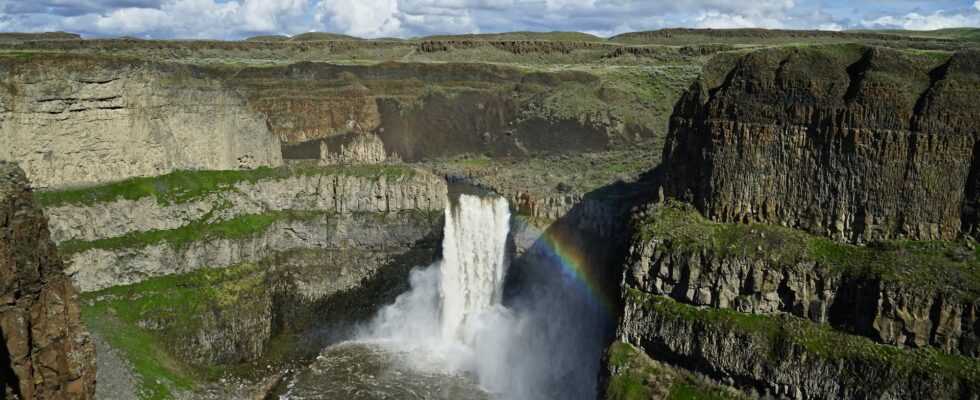The largest volcanic eruptions in the history of the earth hide a mystery: again and again, flood basalts, which cover entire continents with molten rock, have drastically changed the global climate through the gases they emit. The gigantic lava fissures from which the layers of basalt, which are kilometers thick to this day, erupted caused several of the greatest catastrophes in the history of life. But the more closely one examined the eruptions of such lava fissures, the clearer it became that the timing did not fit. Climate change – supposedly triggered by the carbon dioxide escaping from the lava – usually reaches its peak several hundred thousand years before the first volcanic eruptions.
Now Xiaochuan Tian and W. Roger Buck from Columbia University in New York propose a possible explanation for the apparent contradiction. According to their recent publication in »Nature Geoscience«, the impressive lava flows on the surface, which are still kilometers thick, only form at a late stage of the eruption – after immense amounts of carbon dioxide have already entered the atmosphere. The researchers show this using computer simulations of two flood basalts – the Deccan Trapps in India, around 66 million years old, and the much smaller Columbia River flood basalt, around 16.5 million years old. According to analyses, both flood basalts caused a warming pulse that began well before the eruptions.
As Tian and Buck write, this is due to the low density of the upper crust. The top 15 kilometers or so of Earth is lighter than the molten rock below. But that changes over time. As the computer model shows, hot magma rises a few kilometers in the crust, spreads out laterally in magmatic dykes, and solidifies. It gives off heat to the surrounding crust, which softens and allows more magma to rise a little higher. Over time, more and more horizontal basalt veins penetrate the upper crust at ever smaller depths, so that the rock becomes heavier and heavier. After all, the crust is so heavy and dense due to all the stored basalt that the molten rock gets buoyancy in the depths and breaks through the surface as flood basalt.
